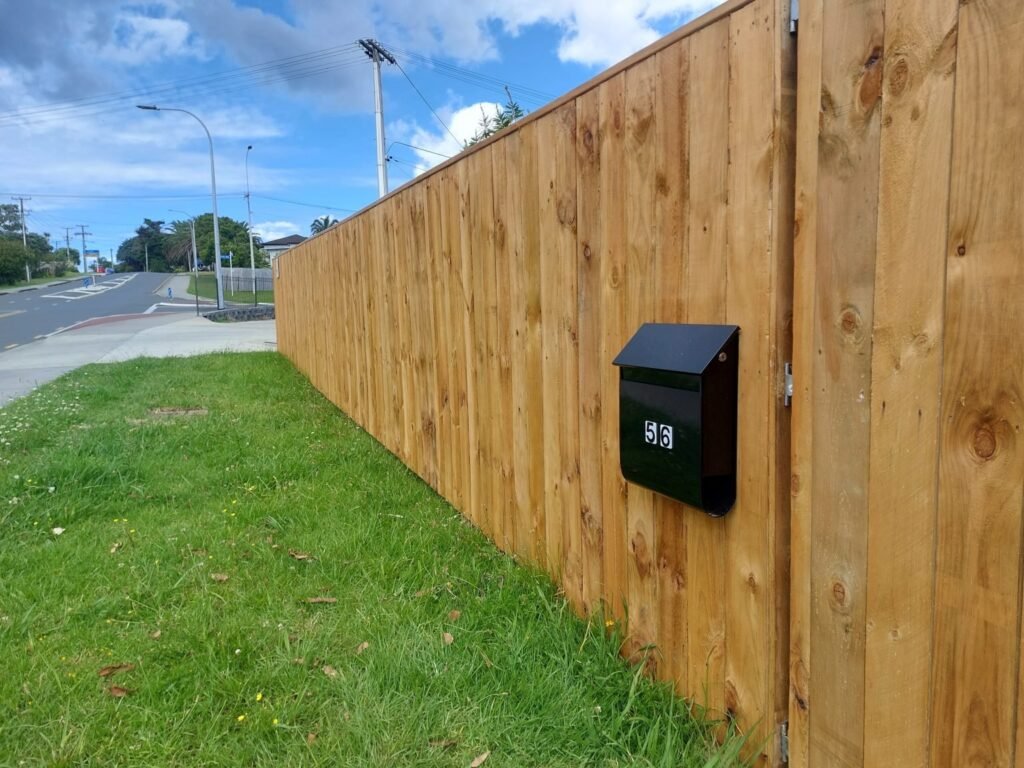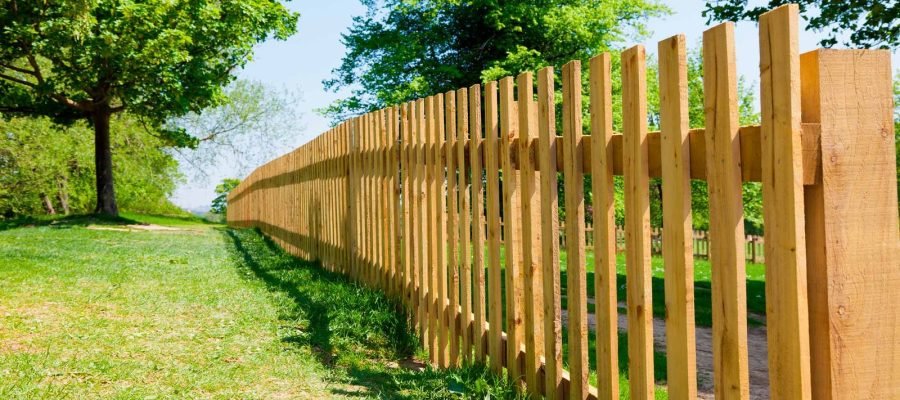How to Build a Fence: A…
Learn how to build a fence with this DIY guide for Auckland homeowners. Explore tools,…
Building a fence in Auckland is a great way to boost privacy, security, and kerb appeal, but it comes with strict rules. Understanding fencing regulations Auckland is essential to avoid disputes, fines, or costly rebuilds. My Homes Fencing Expert brings you this 2025 guide to navigate fence height NZ law, boundary fencing rules Auckland, and Auckland Council fencing regulations. From shared boundaries to council consent for fences, we’ll ensure your fencing project complies with fencing laws 2025 and enhances your Auckland home.
Fences are more than just property markers—they define boundaries, ensure privacy, and add value. However, ignoring Auckland Council fencing guide or boundary fencing law can lead to legal headaches or unhappy neighbours. Here’s why compliance matters:
Local Example: A Takapuna homeowner faced a dispute after building a 2.5m fence without consent, forcing a costly rebuild to meet legal fence height NZ rules.
Follow these six steps to ensure your fencing project complies with fencing regulations Auckland and fencing act NZ 1978.
Fence height NZ law sets clear limits to balance privacy, safety, and aesthetics:
NZ Tip: Check the Auckland Unitary Plan for zone-specific fence height limit NZ rules or consult My Homes Fencing Expert.
Boundary fencing rules Auckland are governed by the Fencing Act NZ 1978:
Example: A Mt Eden homeowner split costs for a 1.8m timber fence after formal notice, avoiding fencing boundary disputes.
Council consent fencing is required for:
Visit Auckland Council’s fencing page for detailed Auckland Council fencing regulations.
The Fencing Act NZ 1978 outlines:
NZ Tip: Document all agreements in writing to avoid shared fence disputes NZ.
Incorrect boundaries can lead to fencing boundary disputes. To confirm property line fencing rules:
Example: A Remuera homeowner avoided a dispute by hiring a surveyor for their sloping section, ensuring accurate fence placement.
If neighbour agreement fencing NZ fails:
NZ Tip: My Homes Fencing Expert can mediate discussions to ensure smooth neighbour agreement fencing NZ.

Building a compliant fence in Auckland requires careful planning. Here are expert tips from My Homes Fencing Expert:
Example: A Papatoetoe pool fence combined 1.2m metal panels with clear Perspex for safety and style, meeting Auckland Council fencing regulations.
Boundary fences can be up to 2m, and front yard fences up to 1.2–1.5m, per fence height NZ law. Higher fences require council consent for fences.
Under the Fencing Act NZ 1978, you can build a “sufficient” fence and seek reimbursement via the Disputes Tribunal if no neighbour agreement fencing NZ is reached.
Not always, but it’s recommended for accuracy, especially on corner sections or sloping land, to avoid fencing boundary disputes.
Navigating fencing regulations Auckland ensures your fence is legal, functional, and built to last. By understanding fence height NZ law, securing council consent for fences, and following boundary fencing rules Auckland, you can avoid disputes and costly mistakes. Whether it’s a privacy fence for your backyard or a stylish front boundary, My Homes Fencing Expert helps you comply with fencing laws 2025 while delivering durable, attractive results.
Ready to build a compliant fence? Contact My Homes Fencing Expert for a free quote:
📞 Call: 022 315 8987
📧 Email: info@myhomesconstruct.co.nz
🌐 Website: https://fencingexpert.co.nz
From pickets to paddocks—we build fences that last in Auckland.
Learn how to build a fence with this DIY guide for Auckland homeowners. Explore tools,…
Learn how to layout a curved fence with this DIY guide for Auckland homeowners. Discover…
How Deep Do How Deep Do Fence Posts Need to Be? Introduction Building a sturdy,…